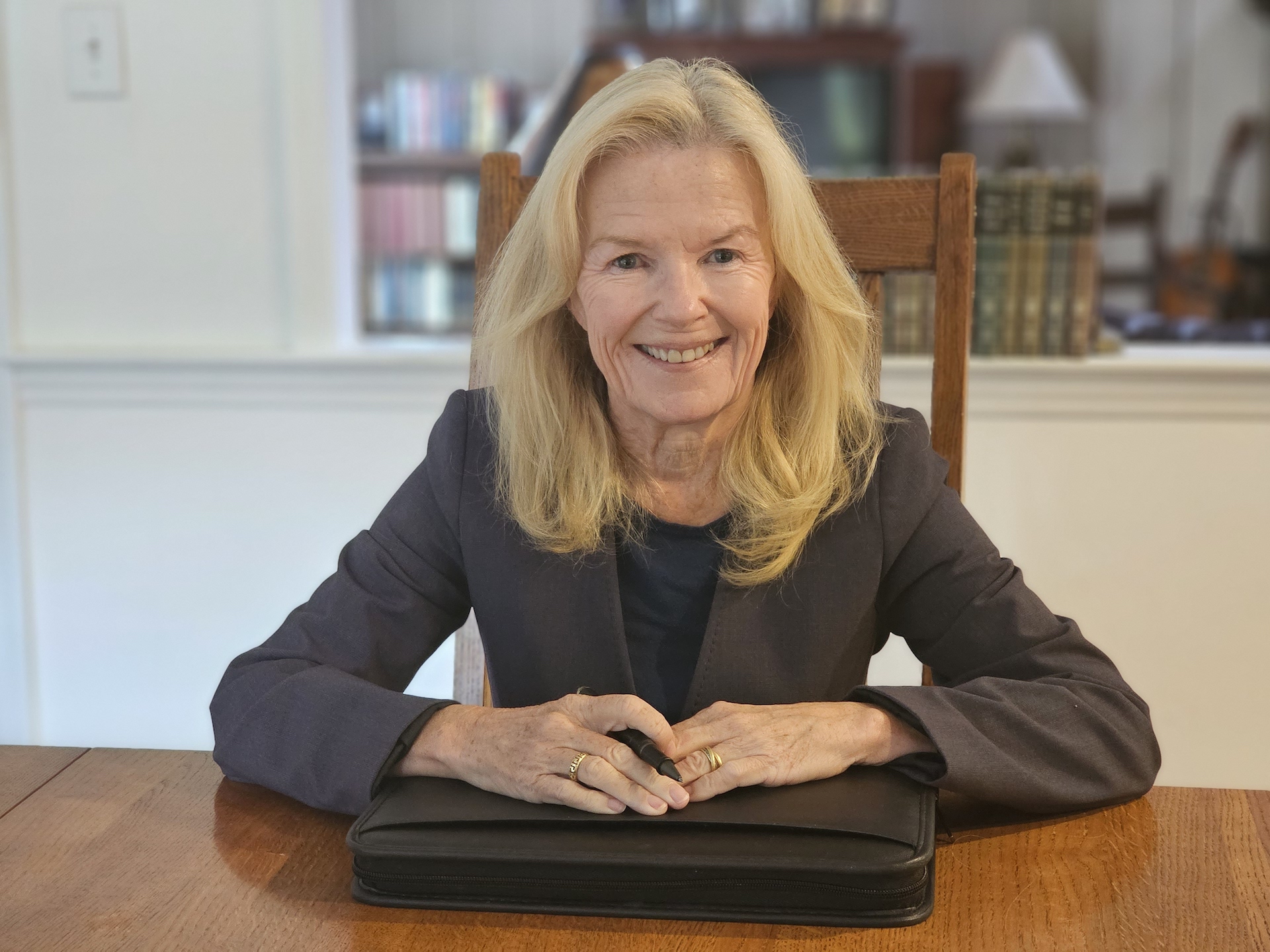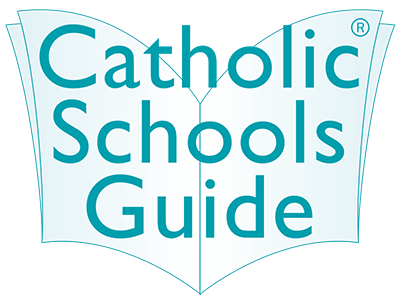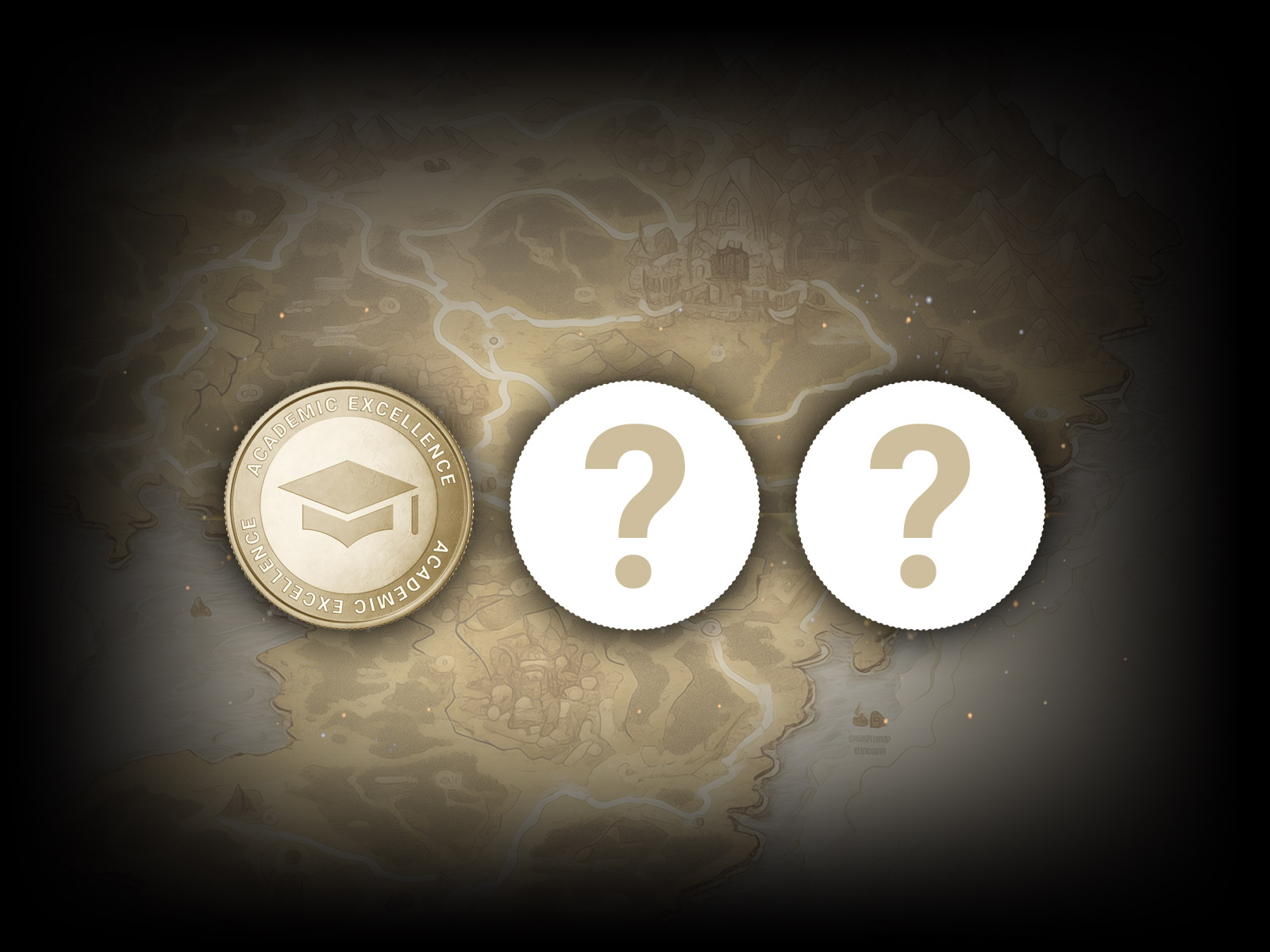News and Media

The Gap-Year Advantage:Toward Personal Growth, Global Perspectives, and Fulfilling Futures
By Rae Nelson
President of the Board of Directors of the non-profit Gap Year Association
Each Autumn, Year 12 students across Australia consider their paths for post-graduation. For many, the expectation is to pursue tertiary or vocational education or directly enter the workforce. A small and growing
number of students will take a path less travelled and opt for a gap year before venturing into the next chapter of their lives.
What Is a Gap Year?
A gap year is an intentional investment of time (e.g. a few months or more) devoted to personal growth and exploration through experiential learning opportunities. It generally takes place between secondary and tertiary education and involves a series of activities that can include volunteering, travelling, interning and studying with the goal of entering university or a meaningful career. Those who choose this option describe the experience as transformational in the most positive sense.
Why Take a Gap Year?
As Lewis Carroll stated in the classic book for all generations, Alice in Wonderland, “If you don’t know where you’re going, any road will take you there.”
For many students, the road of formal education through year 12 is guided by living up to others’ expectations. You work for grades and extra-curricular activities and to most effectively complete applications based on how others define success.
What if there was a built-in investment of time to take a step off the well-worn path of expectations to explore the world around and within you? To begin to discover what your true gifts and passions are and what you value in life? To develop maturity and skills that will set you up for fulfillment in further education and careers for decades to come? To position you to give back to your community from a place of self- awareness and strength?
What Is the Impact of Gap Years?
The questions above begin to frame some of the documented benefits of investing time in a gap year. Research shows that outcomes include the following:
• Personal growth and development – increased self-awareness, maturity, focus, discipline and confidence.
• Global perspective – gaining understanding about different cultures and developing cultural awareness; becoming more of a global citizen.
• Connecting real-world and academic experiences – having a greater appreciation of further education through being able to understand how classroom lessons apply in the real world.
• Career exploration – discovering more about what makes sense for you in terms of academic focus or careers (or learning more about what you don’t want to pursue).
• Emotional intelligence and well-being – gap time can reduce burnout and stress and lead to increased emotional resilience.
• Developing essential skills – gappers develop skills such as communication, teamwork, problem solving, adaptability and more that tie to success in school and work.
• Financial responsibility – gapping can lead to increased financial awareness and preparation for financial independence.
• Giving back and community engagement – many gappers contribute to social causes and demonstrate civic responsibility; they integrate giving back and contributing to a greater good as priorities throughout their life’s journey.
Our Past, Our Present, Our Future
Gap years can offer a meaningful thread in the tapestry of Our Past, Our Present, Our Future. This intentional time involves reflecting on the past, engaging fully in the present, and helping position young people for a future that is fulfilling on multiple meaningful levels. The tapestry has the potential to expand exponentially to impact their communities and the world through the service of those who take the path less travelled.
Students who are interested will find that there are myriad gap experiences that they can explore. As one gap alum said, “If you can dream it, you can do it!” And in the words of a gap year parent, “Let them fly. You have no idea how high they can go!”
Rae Nelson is President of the Board of Directors of the non-profit Gap Year Association. She served at The White House as Associate Director for Education Policy. A gap year parent and advocate, she is co-author of The Gap-Year Advantage: Helping Your Child Benefit from Time Off Before or During College (St. Martin’s Press).

